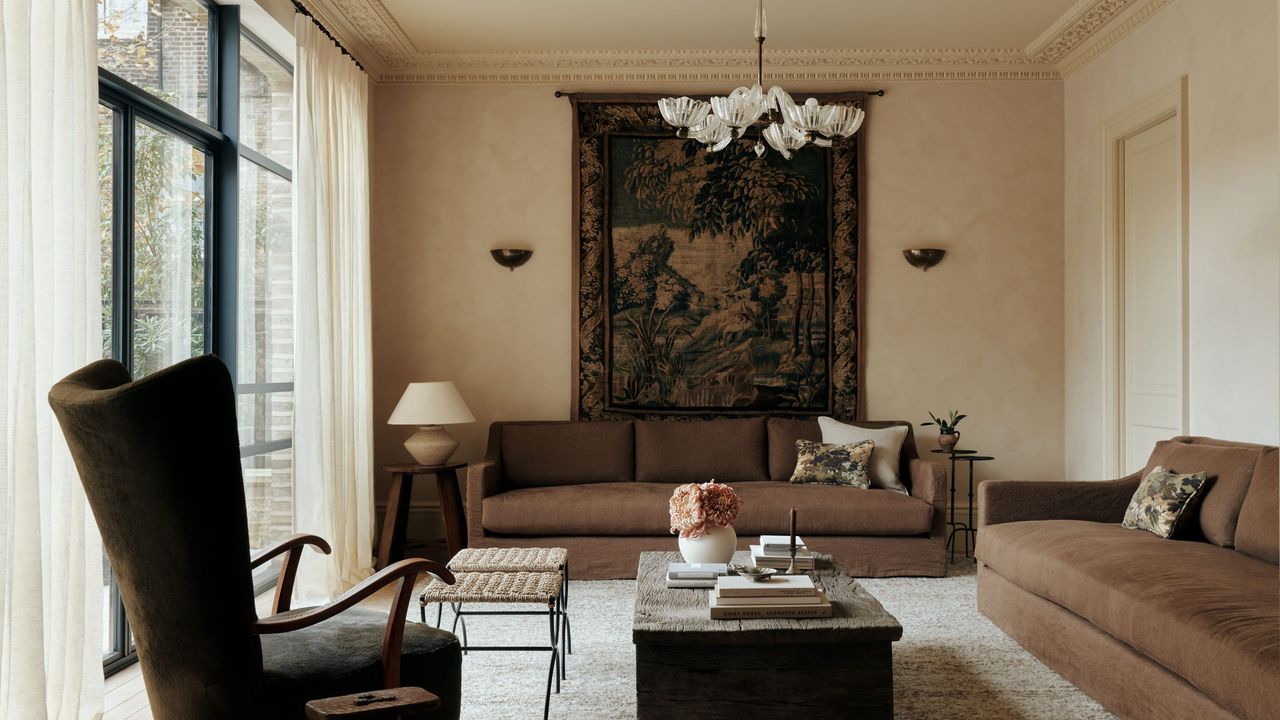
Whether you're currently house hunting or simply like to be clued up on the history of your surroundings, learning how to differentiate between the architectural styles of the Georgian, Victorian, and Edwardian eras can be a surprisingly useful skill.
Living in London myself, there is no shortage of awe-inspiring properties, all of which come together to tell the story of the country's rich design history. But when describing these homes, their interior design trends and architecture are often flattened simply into the term 'period'. But this simplification of the historic architecture around us destroys the possibility for us to develop a true, nuanced understanding of what era these 'period features' actually belong to, blurring hundreds of years of design history into one indistinguishable category.
But, as David Hartley from OWN London explains, "Every period home tells a story — and often, the architecture gives the first clue. From the strict symmetry of Georgian façades to the exuberant detailing of the Victorians and the light-filled ease of Edwardian houses, each era has its own design DNA that still inspires us today."
I've spoken to the experts to develop a guide not just to identifying which period your home is from, but also on how to best restore and renovate your home, based on the period in which it was built. Because buying a historic home doesn't mean you have to live in a time capsule, but it doesn't mean you should do a complete gut and rebuild either - learning how to maintain the features that make your home part of a historic visual language, while updating it to suit your personal style, is the key to developing a space that both looks forward, and respects the past.
What to Know About Georgian Homes
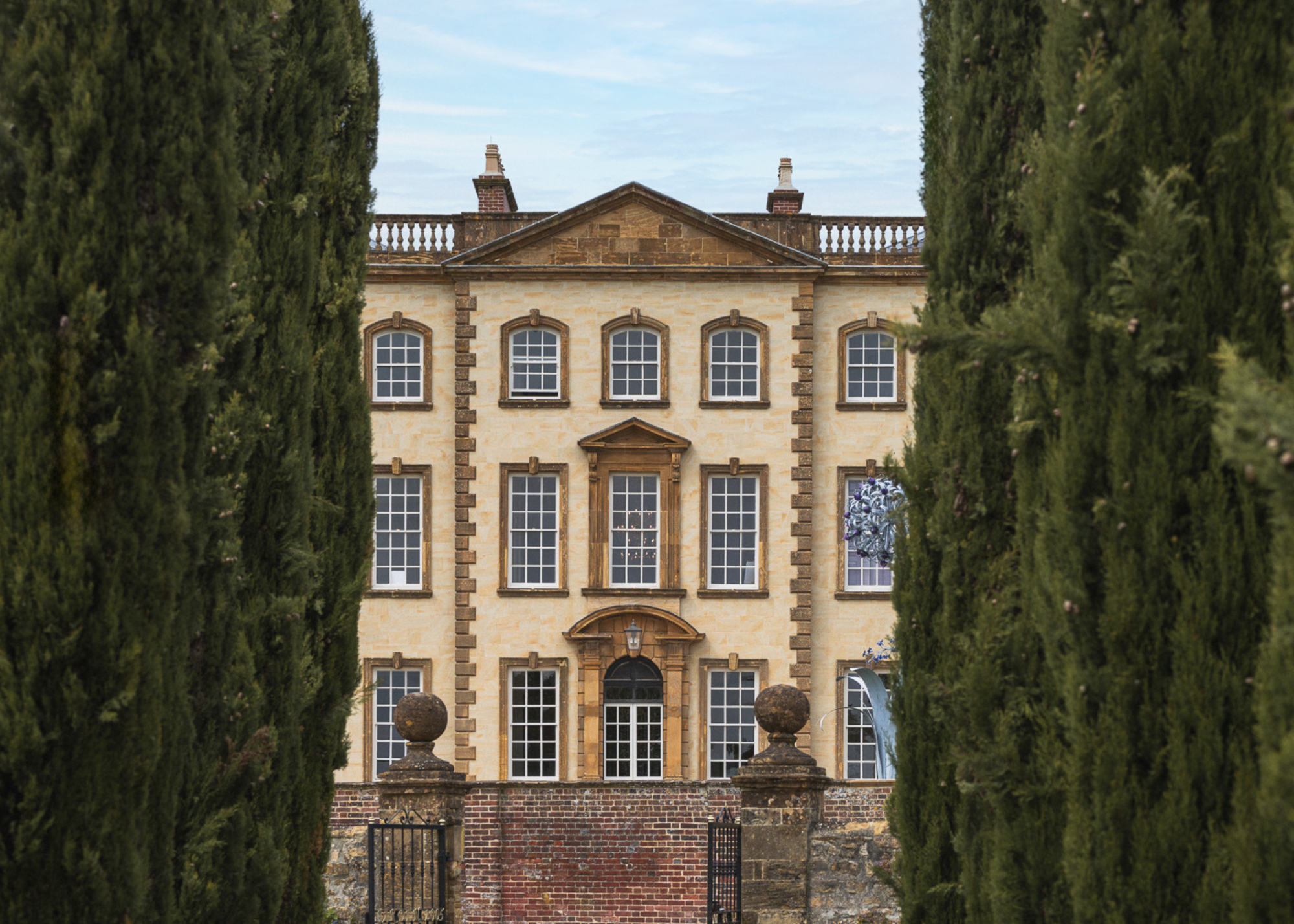
With the nature of this topic, I feel it's only right to go through it in chronological order, starting our journey at the beginning, the Georgian era. This also happens to be the longest running of these three eras, dating from 1714 all the way to 1830, with an impressive four royal Georges sitting on the throne throughout these years.
As such a long era, it's perhaps unsurprising to note that there was no one defining style, but instead several overlapping aesthetics. While the early years of the Georgian period were adorned in the extravagance of the Baroque style, by the end, a more austere, neoclassical style was favored.
One thing remained consistent, though, and that was a commitment to symmetry and uniformity, as clearly displayed in the architecture of the time. "Think elegance and order. Georgian homes are all about balance — sash windows neatly lined up across brick façades, subtle cornices, and calm proportions," says David Hartley from OWN London.
During this period, architects began looking back to the writings of ancient Greeks and Romans, so this insistence on balance should come as no surprise. In these texts, architecture and philosophy were intrinsically linked, and it was a commonly held belief that symmetry in design and architecture would translate into a more ordered society.
“Georgian homes are all about balance and proportion," explains Jordan and Barry from The Brownstone Boys. "You’ll often see perfectly symmetrical façades, sash windows, and elegant wall panelling that give the architecture its refined, orderly character."
So, if your house is supremely symmetrical, with plenty of sash windows and panelling, you're most likely looking at a Georgian home. Lucky you.
How to Design a Georgian Home
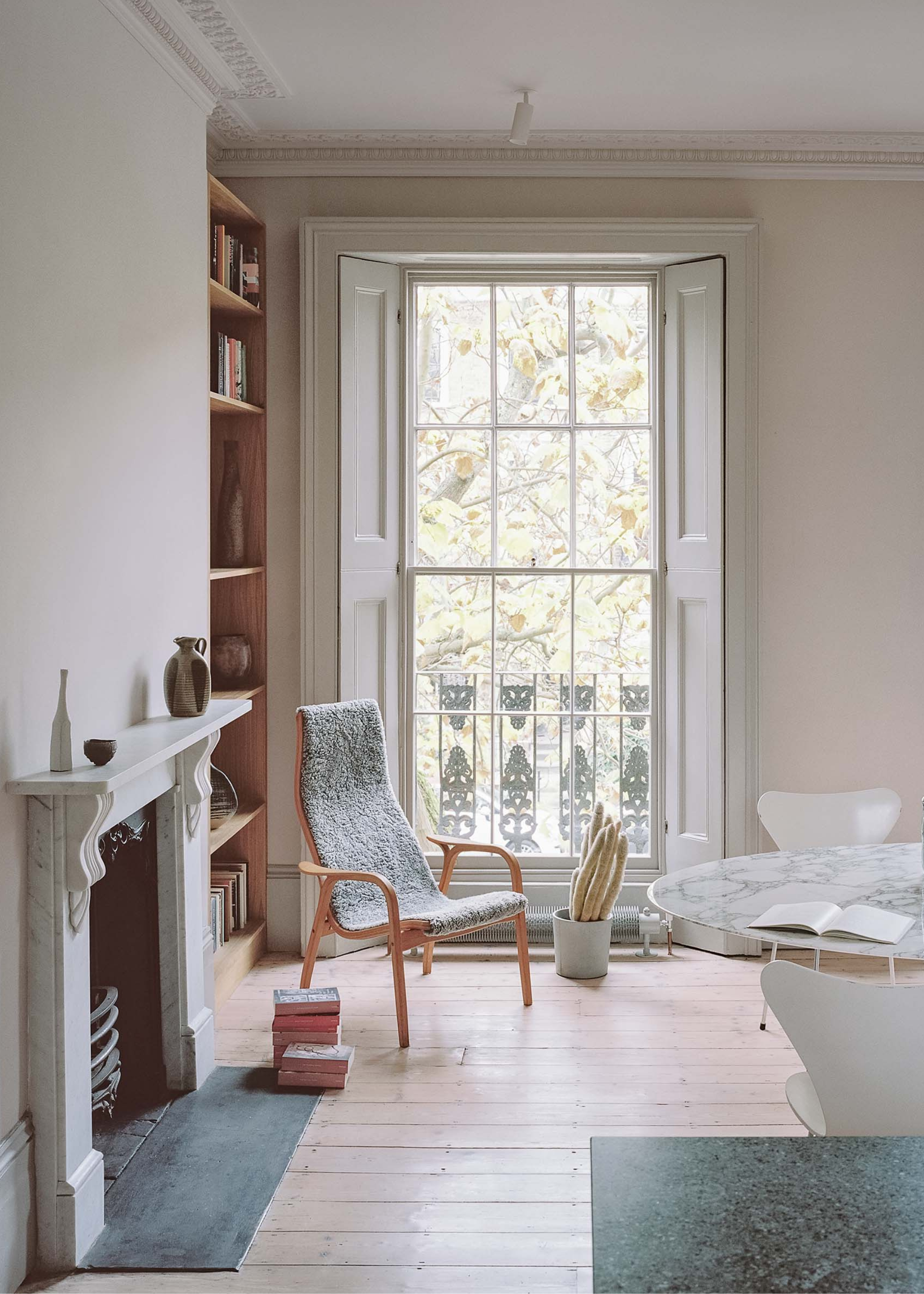
Most Georgian properties have a distinct sense of balance within their design and architecture, so making sure you maintain this careful symmetry should be your main priority.
As David says, "When restoring, keep to that sense of restraint: slimline cabinetry, restored cornicing, and deep, muted tones feel true to the period while working beautifully in a modern home."
Crown moulding and other period features help to uphold the sense of history in your home, while bringing in modern furniture can help to keep it from feeling old-fashioned or stuffy. The Brownstone Boys agree, saying, "In Georgian homes, crisp panelling, timeless fireplaces, and muted palettes feel right at home."
The style is already relatively restrained, so a modern, muted palette works well, as do more streamlined structures. "Restoring original sash windows and paneling goes a long way", suggest Jordan and Barry from The Brownstone Boys.
These features, although typical of the era, somehow feel timeless and provide an elegant backdrop to decorate the rest of your home. The one overarching piece of advice? Protect the symmetry.
Modern pieces, with soft lines and muted colors, are perfect for decorating Georgian homes. The gentle curve of this sofa gives it a timeless, yet modern look.
I love the look of this narrow display cabinet, especially in this muted pink tone. Why not play into the symmetry so beloved by the Georgians and flank your living room with two of these either side?
What to Know About Victorian Homes
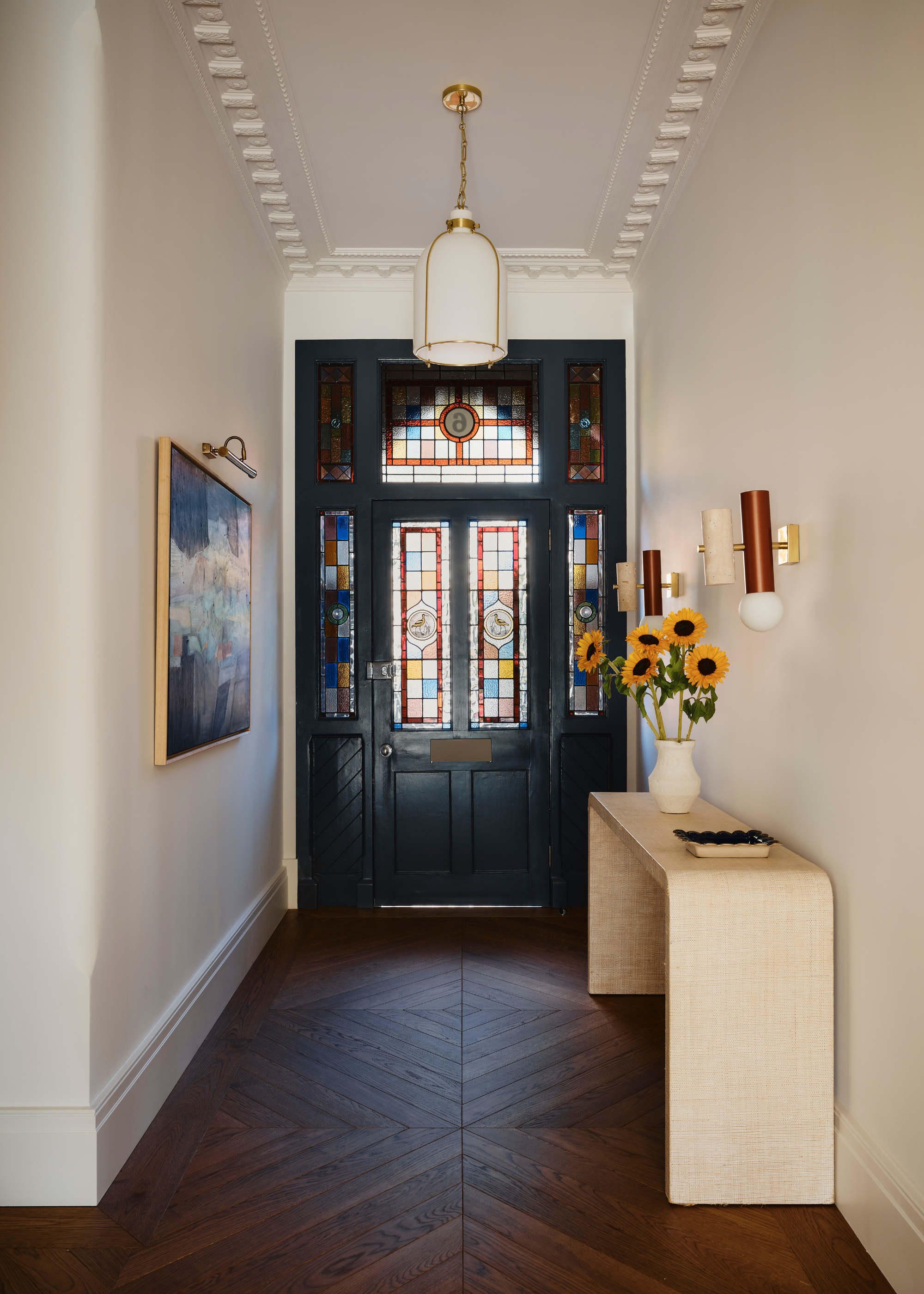
Next up, the Victorian era. Spanning from 1837 to 1901, while Queen Victoria sat on her throne, the country saw huge amounts of change and development, most notably due to the Industrial Revolution. The introduction of steam power transformed the accessibility of building resources, and the way the country looks has been forever altered as a consequence.
People were arriving in the city in swathes, and London was no longer equipped to house the number of people who inhabited it. So, we see the rise of terraced housing. Narrow homes slotted side-by-side, designed for factory workers to settle down in.
To deal with the demand for increased housing, homes became narrower, with higher ceilings and larger windows.
The gentry, of course, were not living in these narrow confines. Instead, they were looking towards the Gothic style, finding inspiration in the ornamentation, which they then took into the Arts and Crafts movement. Everything becomes more ornate, more decorated, and far, far more dramatic.
"The Victorians loved drama. These homes embrace decoration — stained glass in the hallway, tiled paths at the front door, bay windows filled with light. Interiors were rich with patterned wallpapers and ornate fireplaces," explains David.
This was a period of increased production, and more homes were built than ever before, so these features can still be found littered across the country, and they remain as beautiful today as they were back then.
How to Design a Victorian Style Home
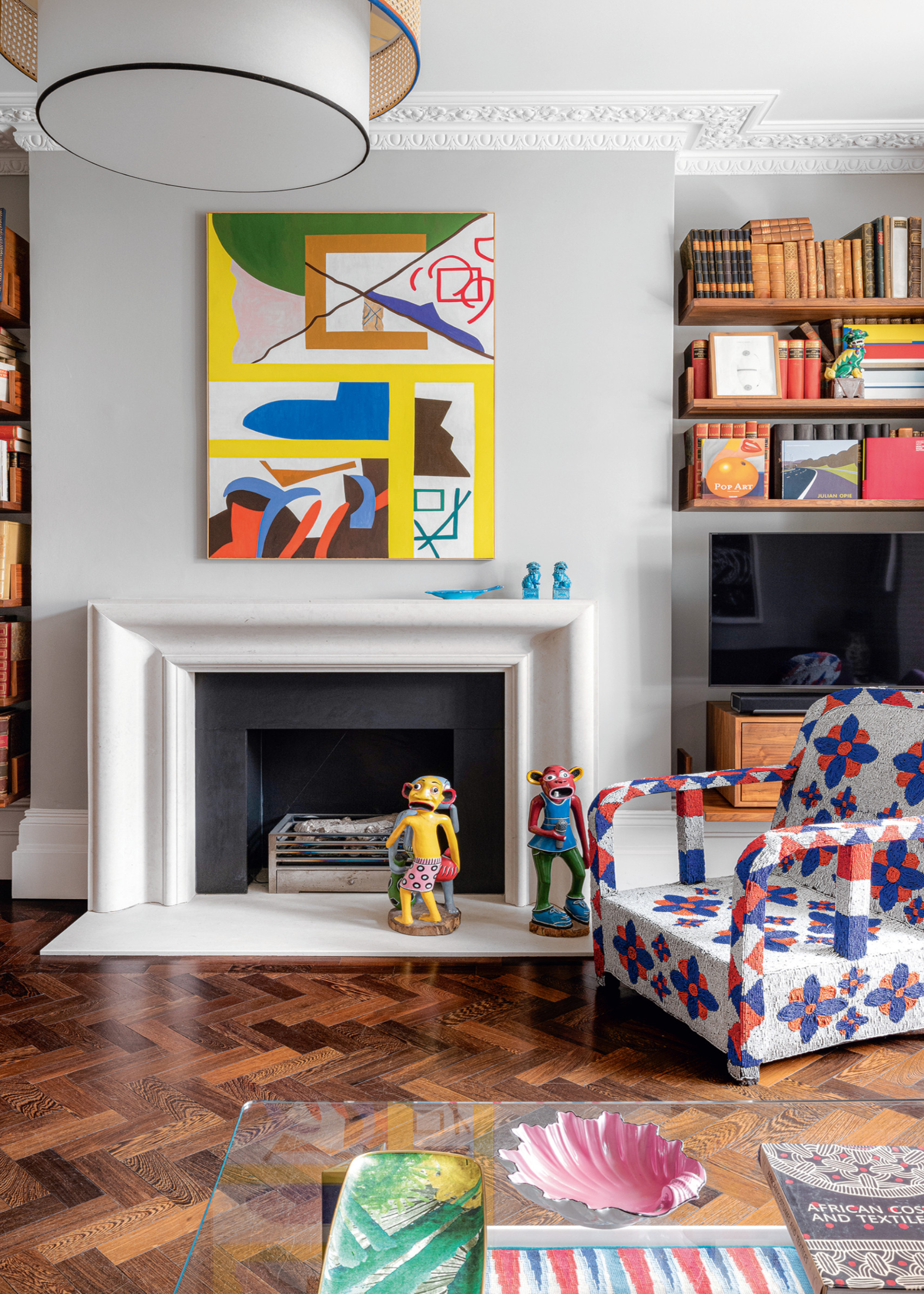
Victorian properties can be characterized by their celebration of the ornate; the details are everywhere, and they are what make a period home so special, so taking care to maintain them as much as possible is always the best bet.
As David explains, "Sensitive restoration means keeping the detail — those tiles and cast-iron inserts are treasures."
The Industrial Revolution meant that ornate decorations could be produced at greater speed and at lower costs, explaining their prominence in homes across the country. However, as we moved farther away from the era, people began to rip these features out, opting for a more pared-back, minimalist design trend instead, making these features a rare commodity again.
This celebration of the ornate can allow for more playful exploration in your interiors, too. "Design-wise, don’t be afraid of bold patterns, layered lighting, or colour — they suit the Victorian spirit perfectly," suggests David.
And Jordan and Barry from The Brownstone Boys agree, saying, "With Victorians, the beauty is in the layers, so preserve stained glass, tiled fireplaces, and ornate plasterwork where you can. Lean into patterned tile, statement wallpapers, and rich woodwork to celebrate the drama."
William Morris's prints were a defining feature in the style of the Victorian era, and they still ring true today. Thanks to Morris & Co., all his original prints are still available to purchase in various different forms.
This modern take on a patterned tile is a brilliant way to bring new life to a Victorian home. The geometric pattern is eye-catching, but the neutral colorway ensures they aren't too loud.
What to Know About Edwardian Homes
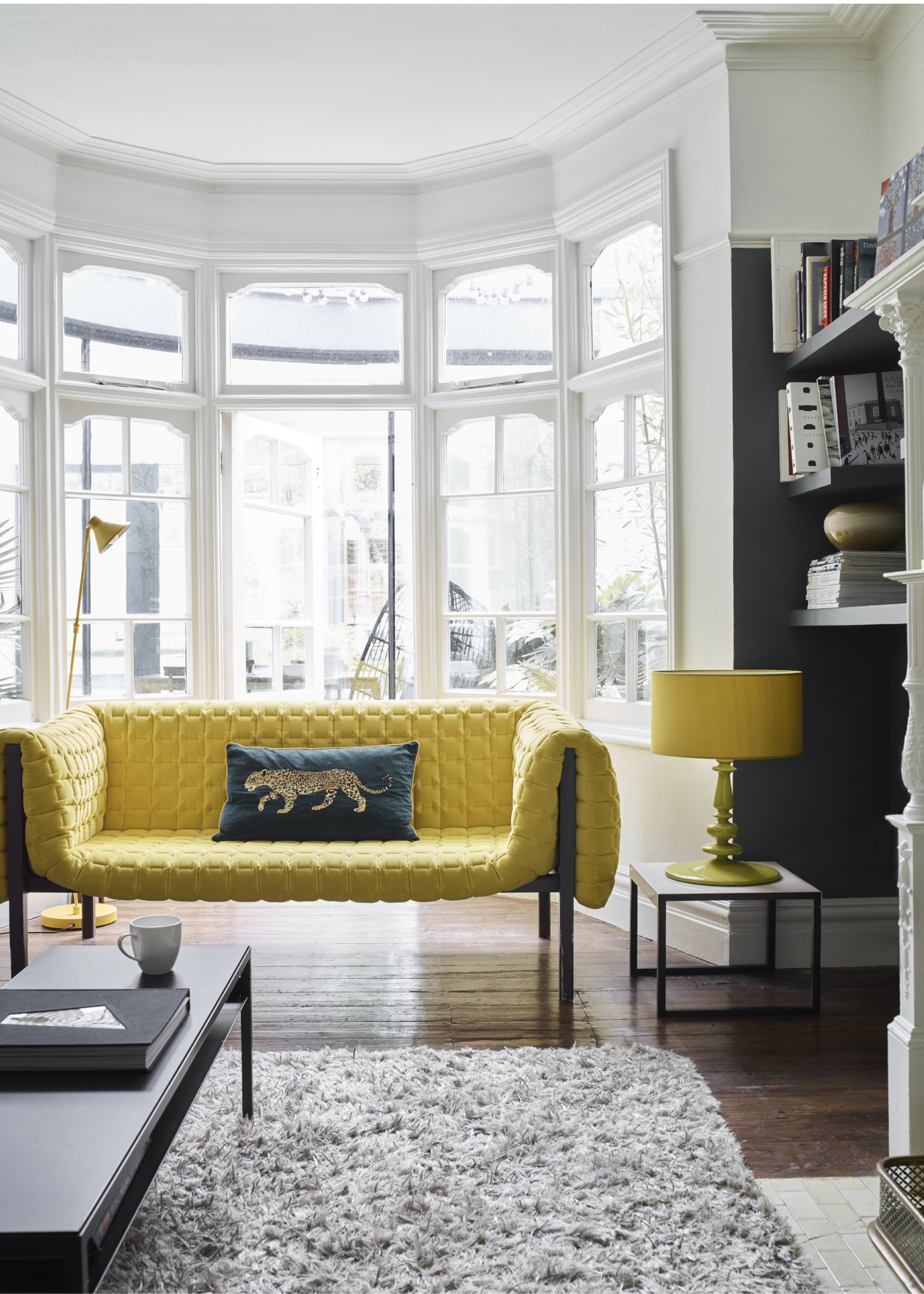
And finally, last but not least, the Edwardian era. A mere minute compared to the lengthy earlier periods, this era is dated from 1901 to 1910, for the 9-year reign of King Edward VIII.
Much of the Edwardian style and trends can be understood as a response to the revolutionary years of the Victorian era. After years marked by exuberance and mass production, Edwardian society placed a higher value on more simplistic designs, with a renewed appreciation for the handmade.
"After Victorian exuberance came a breath of fresh air. Edwardian houses feel lighter, wider, and more open, often with generous gardens. Large sash windows, timber wall paneling, and simple plasterwork give a graceful, airy feel," says David.
City dwellers began to move out of Central London, spreading out across the suburbs where they could have more space and larger gardens. There was also an increased interest in privacy, translated through the presence of a front garden for privacy, separating the home from the road.
"Edwardian houses feel lighter and more open compared to their Victorian predecessors. Larger windows, higher ceilings, and simple yet elegant mouldings give them an airy, graceful quality," say Jordan and Barry from The Brownstone Boys.
How to Design an Edwardian Home
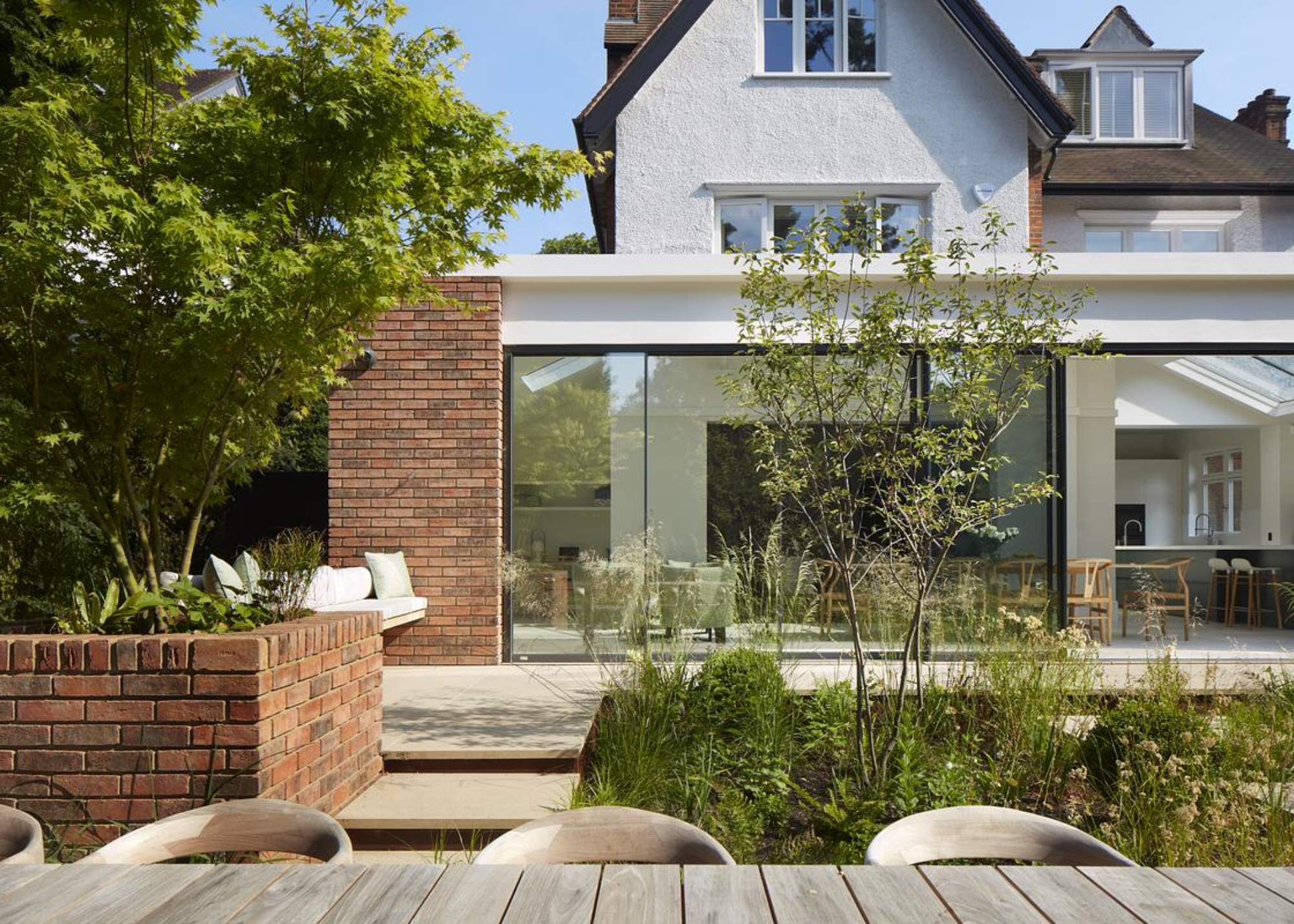
The Edwardians valued light and space, two features that never go out of style, so honor these commitments in your redesign by emphasizing the inviting airiness they were so enamoured by.
There are many ways to achieve this. Jordan and Barry suggest, "Keep the focus on light by maintaining the large windows and clean mouldings that define the era."
But as much as the architecture helps promote this sense of open brightness, the interiors you choose will also have an impact. "Think soft neutral color schemes, natural materials, and layouts that maximise flow and light — just as Edwardians intended," says David.
This is a space for minimalism in design, moving away from the ornate style that dominated Victorian homes. "Unfussy furniture helps maintain that airy, graceful quality," says David.
Even a more modern, Japandi decor approach could work nicely in an Edwardian property.
Cozy, neutral, and undeniably inviting, this fluffy white armchair would work perfectly in an Edwardian sitting room, with its curvaceous and whimsical form.
These linen curtains create a dreamy, fairytale vibe and increase your privacy, all while maintaining as much light as possible, the perfect addition to those large Edwardian windows.
The future of design, in architecture and interiors, will always hold some element of the past within, learning how to identify those visual cues is the secret to staying ahead of the trend.
Stay informed, and read up on some of the most iconic furniture from design history, as well as these pieces of classic furniture designed by women, too.







